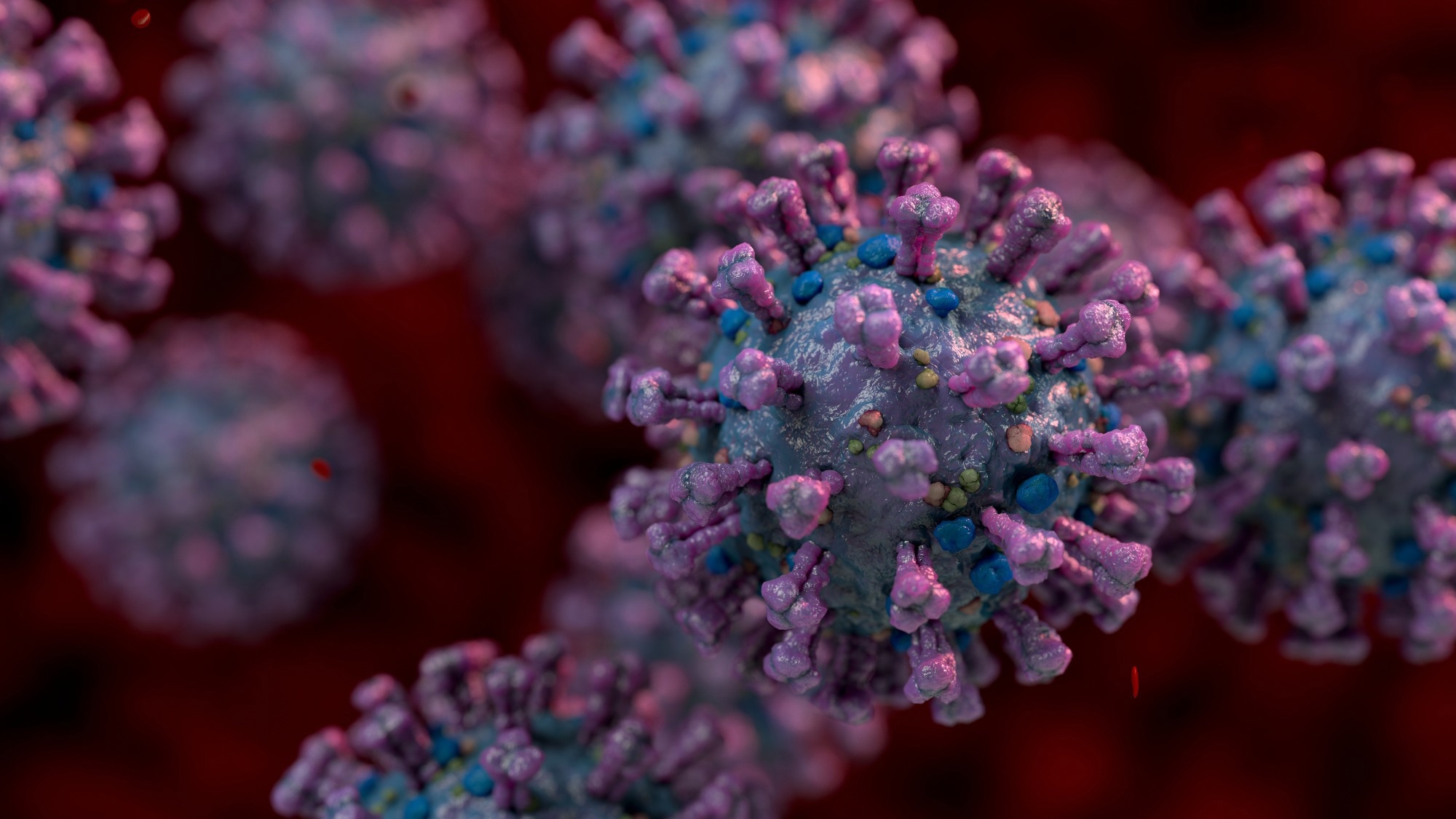
A fungus that infects salamanders contains multiple copies of the same “jumping genes”, scientists have discovered.
Jumping genes, called transposons, can “copy and paste” themselves and impact the organism.
Most organisms have some repeated parts of their DNA, some of which are jumping genes, but this can be harmful – and mechanisms exist to prevent or limit this.
However, the new study – led by the MRC Centre for Medical Mycology at the University of Exeter – finds a possible evolutionary advantage of these jumping genes in a fungus called Batrachochytrium salamandrivorans (Bsal).
Not only did they find different versions of these jumping genes repeated multiple times in Bsal’s genome – but the gene in question appears to have duplicated another group of genes that play a role in how severely it affects infected fire salamanders.
Bsal and related fungal species infect amphibians worldwide, and have been responsible for more than 90 extinctions.”
Theresa Wacker, Study First Author, University of Exeter
“Bsal infects the skin of salamanders and newts and causes severe wounds.
“It emerged in Asia, where many newts and salamanders have some tolerance, but it has spread to Europe and is causing European salamander populations to decline.
“Using new sequencing technologies, we found that Bsal has undergone a genome expansion compared to related species – that is to say, it now has a bigger genome with more genes and also more of these ‘jumping gene’ transposons.”
The new study found the ability of jumping gene transposons to copy and paste themselves contributed significantly to this expansion.
“If you think of an organism’s genome as a blueprint, transposons are like having many identical pages,” Wacker explained.
“And sometimes, during the process of copying and pasting, other parts of the book are also copied.”
It appears that this copying and pasting caused by repetitive jumping gene transposons has also amplified some skin-destroying genes.
Having more of these skin-destruction genes allow the fungus to destroy the skin of salamanders more quickly, making it more deadly.”
Senior author Dr Rhys Farrer said repetitive DNA, including jumping genes, is sometimes referred to as “junk” DNA.
“Most organisms have a few jumping gene transposons,” he said.
“In humans, they typically make up less than 1% of the genome, and we have controlling mechanisms to prevent this from rising.
“In Bsal, repeated jumping genes make up about 19% of the genome.
“Transposon jumping genes can interfere with regular gene function and cause problems for the organism – but for Bsal this seems to be outweighed by the advantages.”
The team are now doing further research.
Dr Farrer said: “This kind of gene repetition is probably more widespread in nature than we currently realize.
“If, as appears to be the case, it confers an evolutionary advantage for the pathogen by making it more virulent, it’s not clear why this isn’t much more common.”
The study’s finding shed new light on the evolution of a major amphibian disease, and Dr Farrer called it a “paradigm shift” in terms of identifying repetitive genome content as a driving force behind its pathobiology.
The research team included scientists from Imperial College London, and the study was funded by the Wellcome Trust.
Source:
Journal reference:
Wacker, T., et al. (2022) Two-speed genome evolution drives pathogenicity in fungal pathogens of animals. PNAS. https://doi.org/10.1073/pnas.2212633120.
















